The Future of Synthetic Biology – An Interview with Andrew Hessel
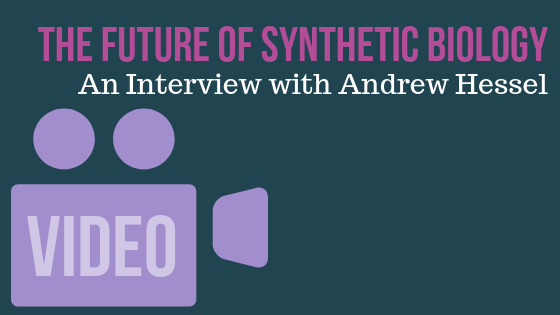
What if you could cure cancer with a synthetic virus or pre-load your children with genetic information? The future of synthetic biology is here. In this interview, Andrew Hessel, founder of Humane Genomics, explains how tailor-made viruses may one day cure cancer, how IVF will be replaced by a less expensive and more effective method, […]
To Catch a Predator – An Interview with Paul Holes
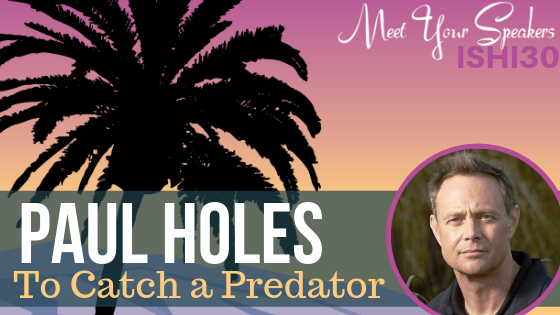
In his keynote address at ISHI 30 this September, Paul Holes will detail how investigative genealogy techniques, determination, and more than a little bit of patience led to the identification and capture of the Golden State Killer. We recently interviewed Paul and asked him what drew him to the Golden State Killer case, how he […]
Mixture Interpretation in DNA Forensics – An Interview with Greg Hampikian
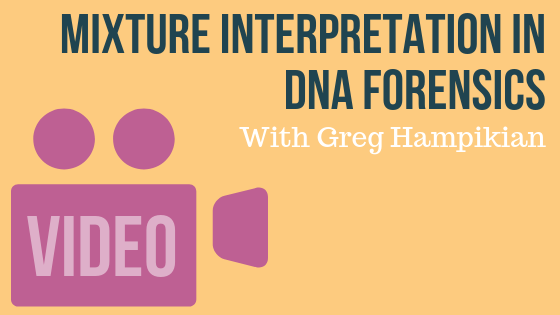
Greg Hampikian, Executive Director of the Idaho Innocence Project, discusses concerns he has with current mixture interpretation procedures, changes he’d like to see for the future, and thoughts on how to improve forensic science. Transcript: Laura: Hi, we’re here at ISHI 29, and we’re talking with Greg Hampikian. Greg, why don’t […]
Ethical Issues Around Investigative Genealogy

Craig Klugman, a Bioethicist at DePaul University details the issues surrounding commercial DNA databases and using these databases for investigative genealogy purposes, and offers some paths forward. Transcript: Laura: Hi, we’re here at ISHI 29 with Craig Klugman. Craig, tell us a little bit about yourself. Craig: Well, I’m a […]
Using Genetic Genealogy to Provide Answers – an Interview with CeCe Moore

Sarah Dingle, an investigative journalist with the Australian Broadcasting Corporation interviews CeCe Moore to discuss how she’s used genetic genealogy to help adoptees and donor conceived individuals find their biological families, and is now applying the same techniques to cold cases. Transcript: Sarah: Hi, I’m Sarah Dingle. I’m an Investigative Journalist […]
New Advances in DNA Technology to Assist with Mass Casualty Disasters
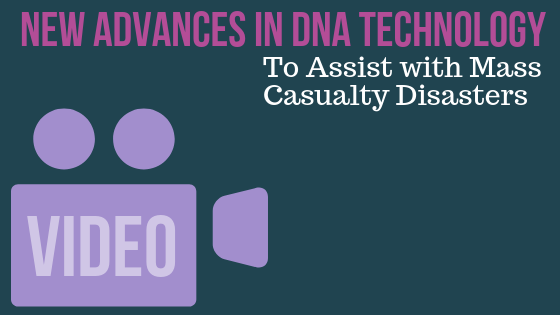
Mandy Sozer of SNA International describes how DNA technology has changed over the past 30 years and how new advances are helping to bring closure to families of mass casualty victims. We also discuss the importance of educating the public about DNA for forensic use and why women seem to be drawn to the field […]
Under the Microscope – Kyleen Elwick
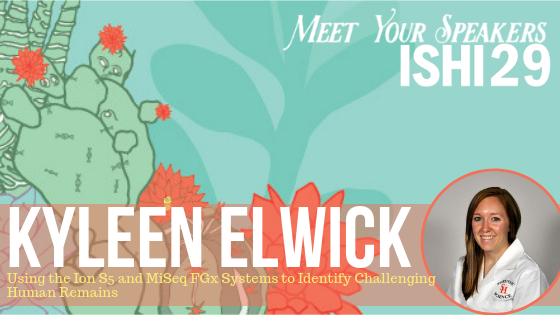
Missing persons’ cases, unidentified human remains, and mass disasters are problems faced not only within the United States, but also many other countries worldwide. Routinely in missing persons’ cases, challenging skeletal remains (bone and teeth) are the only samples available for DNA analysis. However, some samples are more challenging to process than others because of their […]
Under the Microscope – Tim Augsback
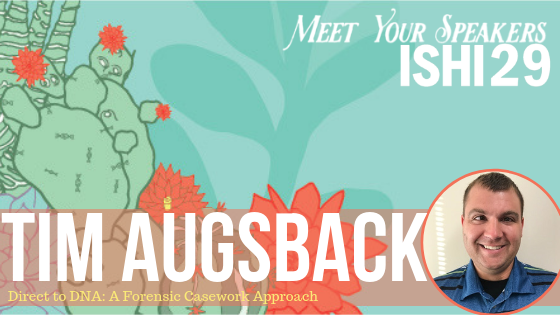
The Ohio Bureau of Criminal Investigation (BCI) confronted a state-wide Sexual Assault Kit (SAK) testing initiative to eliminate the backlog of untested kits. As part of this initiative, over 13,000 kits were submitted. In order to process these kits in-house, BCI developed a tiered approach that enabled scientists to complete processing in a five year […]
Under the Microscope – Kate Stevenson
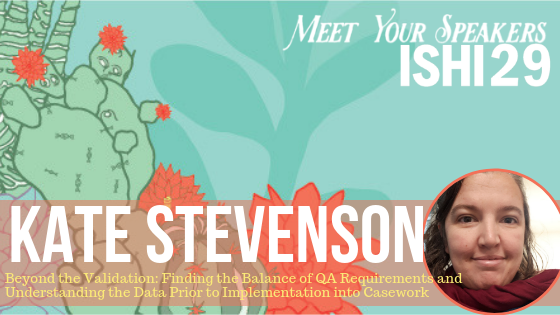
SWGDAM outlines validation requirements for individual laboratories which include concordance, reproducibility, accuracy and precision, sensitivity and stochastic effects and mixture studies. The details of these requirements are informative but balancing of sample numbers versus robust results to establish conclusions and subsequent guidelines is more tricky. In her presentation at ISHI, Kate Stevenson (a Senior Scientist at the […]

